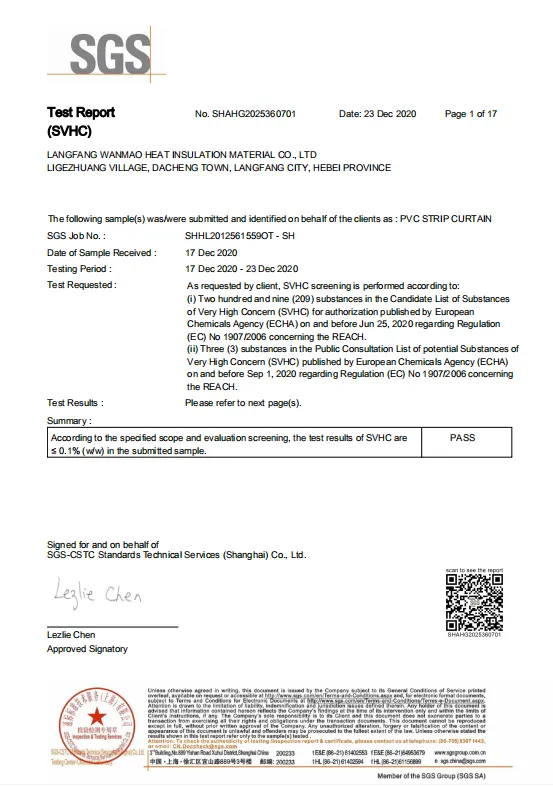- Afrikaans
- Albanian
- Amharic
- Arabic
- Armenian
- Azerbaijani
- Basque
- Belarusian
- Bengali
- Bosnian
- Bulgarian
- Catalan
- Cebuano
- Corsican
- Croatian
- Czech
- Danish
- Dutch
- English
- Esperanto
- Estonian
- Finnish
- French
- Frisian
- Galician
- Georgian
- German
- Greek
- Gujarati
- Haitian Creole
- hausa
- hawaiian
- Hebrew
- Hindi
- Miao
- Hungarian
- Icelandic
- igbo
- Indonesian
- irish
- Italian
- Japanese
- Javanese
- Kannada
- kazakh
- Khmer
- Rwandese
- Korean
- Kurdish
- Kyrgyz
- Lao
- Latin
- Latvian
- Lithuanian
- Luxembourgish
- Macedonian
- Malgashi
- Malay
- Malayalam
- Maltese
- Maori
- Marathi
- Mongolian
- Myanmar
- Nepali
- Norwegian
- Norwegian
- Occitan
- Pashto
- Persian
- Polish
- Portuguese
- Punjabi
- Romanian
- Russian
- Samoan
- Scottish Gaelic
- Serbian
- Sesotho
- Shona
- Sindhi
- Sinhala
- Slovak
- Slovenian
- Somali
- Spanish
- Sundanese
- Swahili
- Swedish
- Tagalog
- Tajik
- Tamil
- Tatar
- Telugu
- Thai
- Turkish
- Turkmen
- Ukrainian
- Urdu
- Uighur
- Uzbek
- Vietnamese
- Welsh
- Bantu
- Yiddish
- Yoruba
- Zulu
A Comprehensive Guide to Acrylic Sheets and Their Applications
The Versatile Appeal of Acrylic Sheets
Acrylic sheets, commonly known by the trade name Plexiglas, have emerged as a highly popular alternative to glass in various applications due to their myriad advantages. With a remarkable balance of clarity, durability, and lightweight properties, acrylic sheets have become a staple in industries ranging from construction to arts and crafts.
One of the primary attractions of acrylic sheets is their optical clarity. Acrylic boasts a light transmittance of over 92%, making it clearer than most glass types. This exceptional clarity makes acrylic an ideal choice for applications where transparency is paramount, such as display cases, aquariums, and storefront windows. Additionally, acrylic can be easily molded into complex shapes, providing architects and designers with the flexibility to create stunning visual displays without compromising strength or clarity.
Another significant advantage of acrylic sheets is their impressive impact resistance. Being roughly ten times stronger than glass, acrylic can withstand substantial force without breaking, making it a safer option in environments prone to impacts. This strength makes acrylic ideal for a variety of safety applications, including protective barriers, safety shields, and security windows. In situations where safety and visibility are paramount, acrylic stands out as an exceptional choice.
Moreover, acrylic sheets are lightweight, weighing only half as much as glass. This characteristic not only makes them easier to handle and install but also contributes to cost-effectiveness in shipping and construction. Lightweight materials can reduce structural load requirements, making buildings more energy-efficient and easier to work with, particularly in large-scale projects.
acrylic sheet

Acrylic is also known for its versatility in terms of finishes and colors. It can be produced in a range of hues and opacities, allowing designers to achieve specific aesthetic effects that complement their projects. Whether used for signage, art installations, or decorative partitions, acrylic sheets can be easily fabricated into various shapes and designs, incorporating features such as engraving, frosted finishes, or backlighting for heightened visual impact.
However, the benefits of acrylic sheets extend beyond their functional properties. They are also easy to maintain, as cleaning acrylic is straightforward with mild soap and water. Unlike glass, acrylic does not shatter, reducing risks and concerns when cleaning or handling. Furthermore, many acrylic products are manufactured to be UV resistant, helping to retain clarity and color over time, even when exposed to sunlight.
Despite their many advantages, it’s essential to note some limitations. Acrylic tends to scratch more easily than glass; however, this can be mitigated with protective coatings and careful handling. Additionally, while acrylic can withstand significant temperature fluctuations, excessive heat or exposure to certain chemicals can lead to damage.
In conclusion, acrylic sheets are a versatile and appealing alternative to glass across a multitude of applications. Their clarity, durability, lightweight nature, and versatility make them an invaluable resource for artists, designers, architects, and industries alike. As technology continues to advance, we can anticipate further innovations in the manufacturing and application of acrylic materials, solidifying their place as a go-to choice in various creative and functional scenarios.
-
Durable PVC Strip Curtains: Energy Saving & Dust ControlNewsAug.14,2025
-
Premium PVC Strip Hangers for Strip Curtains & FreezersNewsAug.13,2025
-
Durable Yellow PVC Curtains: Energy Saving & Clear VisibilityNewsAug.12,2025
-
Durable PVC Strip Curtain Hanger | Stainless Steel for DoorsNewsAug.11,2025
-
Durable & Flexible PVC Strip Curtain Track SystemsNewsAug.10,2025
-
Wholesale Strip Curtains: Durable PVC & Freezer SolutionsNewsAug.09,2025



